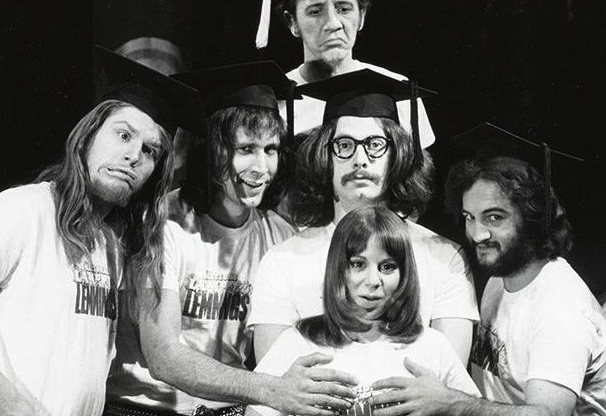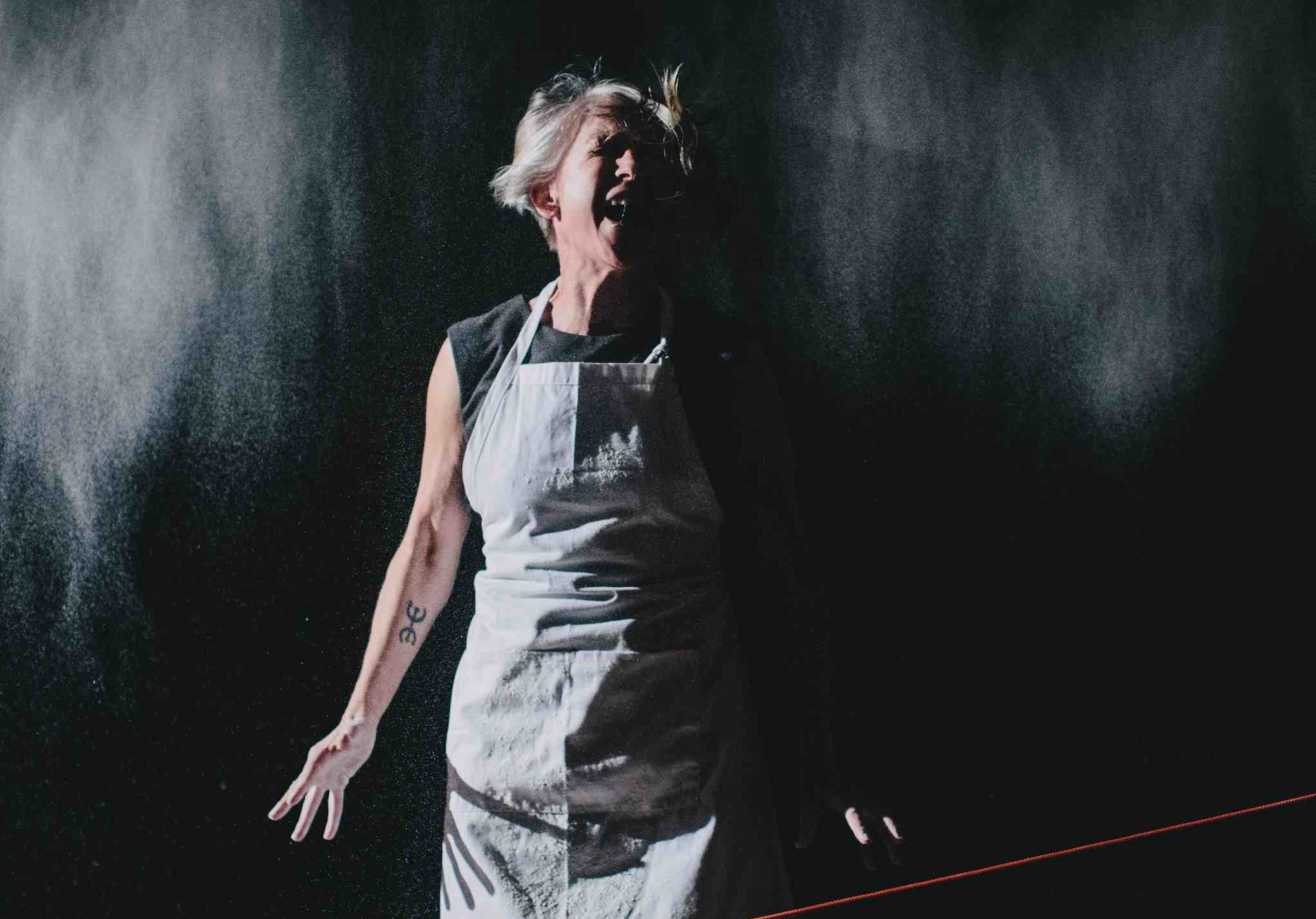Long before John Belushi imitated a burst pimple in National Lampoon’s Animal House, or Chevy Chase tied his deceased in-law to the roof of the family car in National Lampoon’s Vacation, there was the National Lampoon, a satirical magazine formed by a group of Harvard graduates in the late 1960s.
National Lampoon would go on to begat a nationally syndicated radio show, an off-Broadway production and, indirectly, the long-running Saturday Night Live television show. By the time the magazine folded in 1986, National Lampoon would have given rise to the careers of John Belushi, Bill Murray, Harold Ramis and PJ O’Rourke, inspired a host of B-grade cinematic imitators (Meatballs, Revenge of the Nerds) and offended politicians, racial groups and conservative action groups with its razor-sharp, no-prisoners satire.
Drunk Stoned Brilliant Dead tells the story of the National Lampoon, from its conception to the magazine’s demise and the company’s integration into the mainstream entertainment industry. Led by the brilliant but troubled Doug Kenney and his Harvard colleague Henry Beard, the National Lampoon was as fearless as it was offensive, blending the satire of Mad Magazine with the counter cultural edge of the UK’s Oz magazine (and, later, Viz), by the mid-1970s the National Lampoon was arguably the hottest writing job in comedy.
But Drunk Stoned Brilliant Dead is also the tale of warring egos, fragile personalities and drug abuse: as it rose to popular success, writers clashed, and Kenney (who went on to co-write Caddyshack) struggled with his own psychological and narcotic demons (Kenney’s death in Hawaii 1980 is variously attributed to misadventure, suicide or a drug deal gone wrong). While much of the magazine’s content would struggle to pass contemporary political sensibilities, it’s undeniable that without National Lampoon, comedy would be in a far poorer place. Watch this film or the dog gets it.
BY PATRICK EMERY







